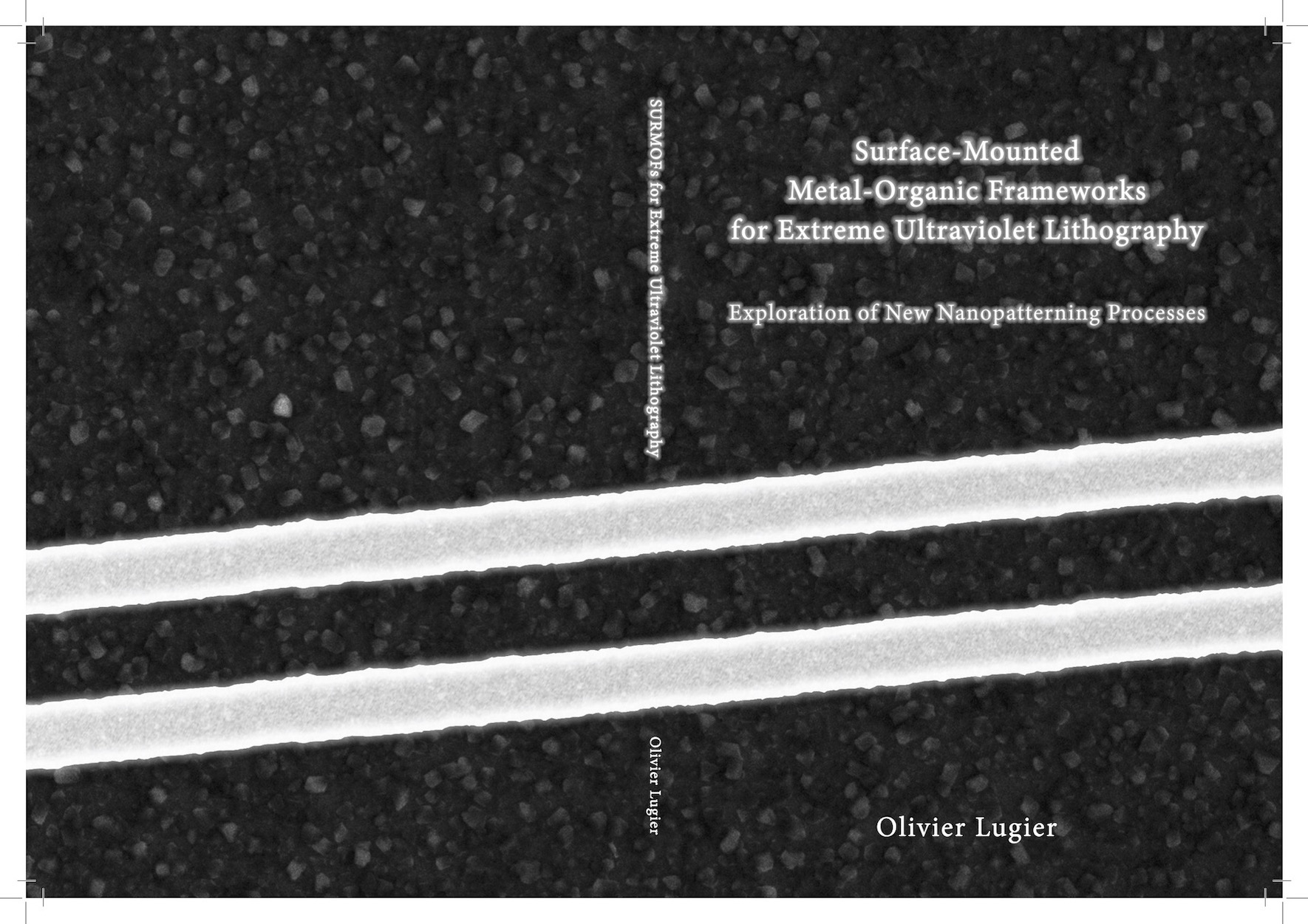Surface-Mounted Metal-Organic Frameworks for Extreme Ultraviolet Lithography
Photolithography, the photochemical technique that enables the patterning of nm-scale transistors and circuitry onto semiconductor wafers for the fabrication of computer chips, uses ever shorter wavelengths of light in an effort to continuously downscale transistors dimensions. As a chip’s performance is proportional to its number of transistors, downscaling is a direct way to improve computing power. Extreme ultraviolet (EUV) lithography, the latest development in photolithography, operates at a wavelength of 13.5 nm. At such wavelength, the physicochemical reactions triggered by incoming EUV photons in the photoresist, the light-sensitive material crucial for transferring the patterns onto the substrate, increase in complexity. As EUV-induced chemistry remains missunderstood, the efforts of material scientists to improve photoresist design is hindered which slows down the overall development of photolithography. This thesis aims to broaden the scope of EUV lithography by using metal-organic frameworks, a type of highly versatile advanced materials, to generate µm- to nm-scale patterns onto a substrate. By investigating new materials and methods for EUV lithography, we can provide fresh insights on the technique aiming to improve photoresists or explore its potential beyond chips manufacturing.









